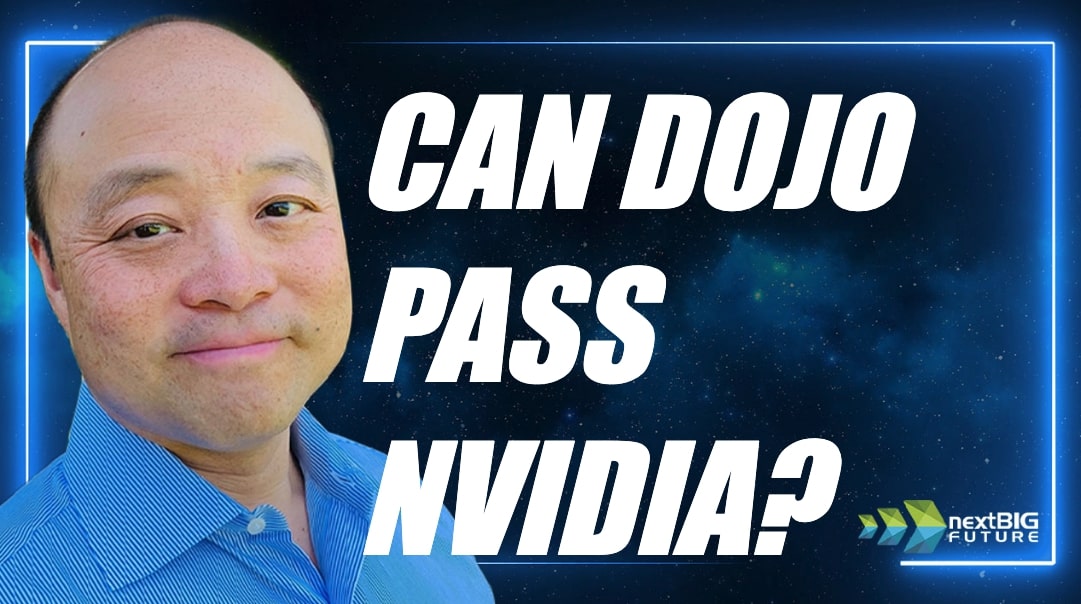Now Reading: Can Tesla’s Dojo Chips Outperform Nvidia GPUs?
-
01
Can Tesla’s Dojo Chips Outperform Nvidia GPUs?
Can Tesla’s Dojo Chips Outperform Nvidia GPUs?

Fast Summary
- Nvidia plans to produce 5 million B200/B300 AI GPU chips annually, with potential to increase production of next-generation chips to 10 million per year by 2028.
- Tesla’s Dojo chips are tuned for XAI and Tesla AI workloads; adoption could grow substantially with new generations (Dojo 2 or Dojo 3).
- XAI and Tesla are building the largest unified memory AI data centers globally, potentially reaching one million GPU capacity by end of the year.
- Competing companies like Microsoft, Amazon, Meta, and Google are building large data centers but dispersed across multiple structures or states. Google primarily uses its own TPUs instead of Nvidia gpus in most cases.
- TSMC fabricates both Tesla Dojo chips and Nvidia GPUs; production depends on wafer allocation percentages for each customer.
- With $300 billion in funding towards expansion, XAI and Tesla aim for rapid growth of their specialized data centers using up to 10 million chips annually by 2029-potentially challenging Nvidia’s chip dominance if half are Dojo chips.
Indian Opinion Analysis
Tesla and XAI’s strategy highlights the growing trend of specialization in AI hardware as industries shift toward optimized solutions tailored for workload-specific applications like large language models (LLMs). this development challenges established players like Nvidia but fosters advancements through competitive pressure on pricing and technology innovation.For India-a rapidly digitizing economy exploring important investments into emerging technologies-the implications could involve opportunities around partnerships with global tech leaders like TSMC or domestic efforts focusing on semiconductor fabrication capabilities similar to what drives these advancements. As reliance on high-capacity data center solutions grows worldwide, India might also consider prioritizing infrastructural development at scale to remain competitive in the global AI ecosystem.

























